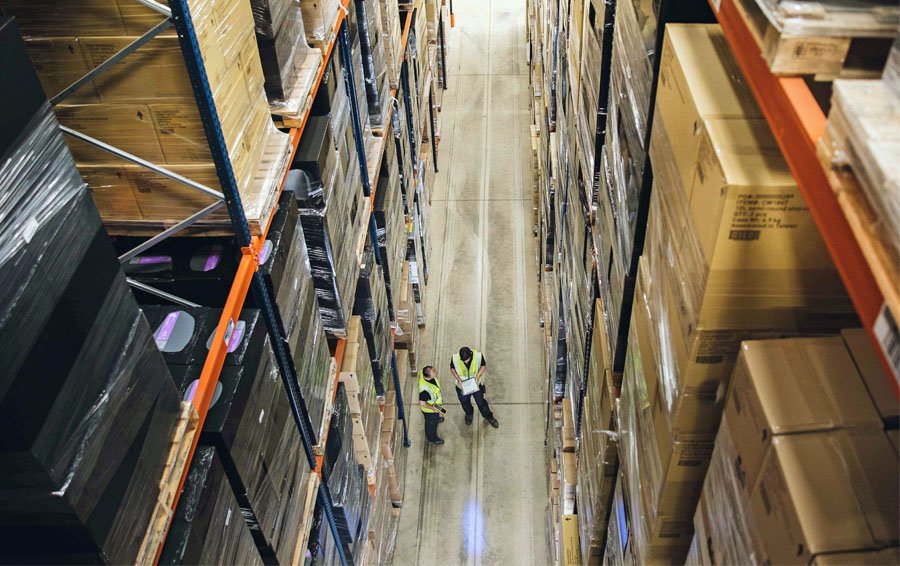A fulfilment technology specialist is advocating warehouse management as an increasingly pivotal role in any company hierarchy and supply chain – as well as a higher level career path – because of the extraordinary logistical challenges we all now work in.
SnapFulfil CEO, Tony Dobson, said it requires a more focused and problem-solving skill set that’s infinitely adaptable, but that doesn’t necessarily mean a ‘new breed’ of warehouse manager to navigate our faster moving environment.
“It’s rather a ‘new and next level’ of effective operations leader who can quickly grasp and advance new software technologies and process improvements to promote greater understanding and efficiency,” explained Dobson. “Those key drivers and attributes that first draw people into distribution management – being able to coach and develop a team to meet definitive targets and efficiencies, plus having a strong ‘operator ‘ mindset – are still valued, but modern, digital warehousing certainly requires much greater depth and more varied IT skills.”
Dobson also appreciates the COVID-19 Supply Chain – especially with the seismic shift taking place in online retailing – has become a lot more complex. Distribution operations embody that complexity, so the leaders of those operations must be much more than just drivers of traditional and bulk ‘pallet in, pallet out’ activity. They must now be innovators and continuous improvement advocates to survive and thrive.
Innovation in the warehouse primarily comes in two forms: advanced, cloud-based technology like SnapFulfil WMS and the agile, easily configurable processes it supports, plus the genuine creativity in breaking through process design. Continuous improvement approaches are the accepted method for measured success, but most distribution centres struggle to de-prioritise their established ways without technological assistance.
However, warehouse managers who bring curiosity to the table and who think creatively about improvement will have a distinct advantage over their peers. Designing a new process is a skill in itself and becoming increasingly important in the warehouse management field.
Technology selection and implementation within a warehouse used to be an IT or PMO-based activity, where the warehouse operations team was the internal customer, but not necessarily the driving force behind selection and adoption. This approach is now skewing and to best serve operations, warehouse managers need up to the minute familiarity with software selection, programming, data analysis and project/implementation practices.
Consequently, they should now approach their operations with continuous improvement as a recurring and given KPI.
“I cannot stress enough though that – except for the most ‘customisable’ solutions on the market – the best implementations are driven by operations staff who can also dedicate themselves to the execution and realisation of the new technology,” added Dobson.






